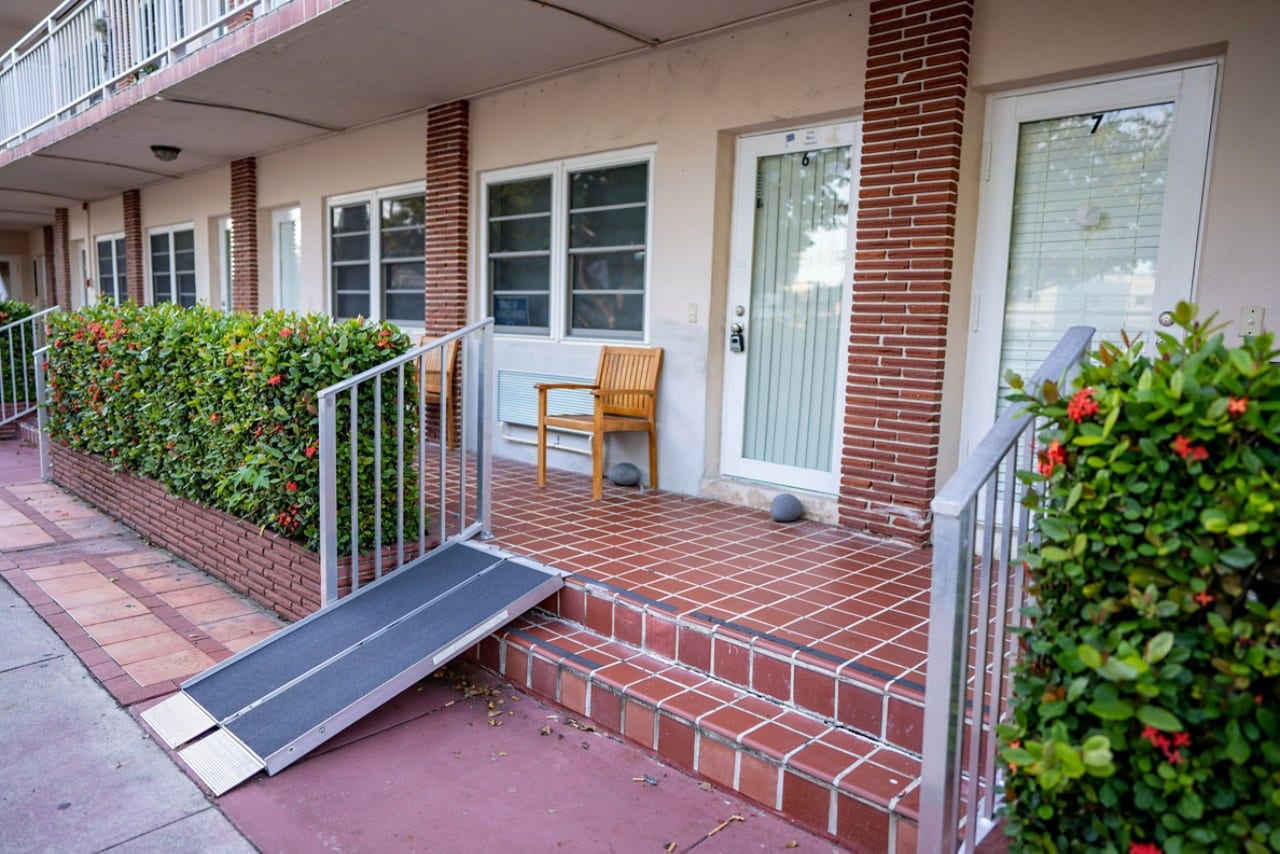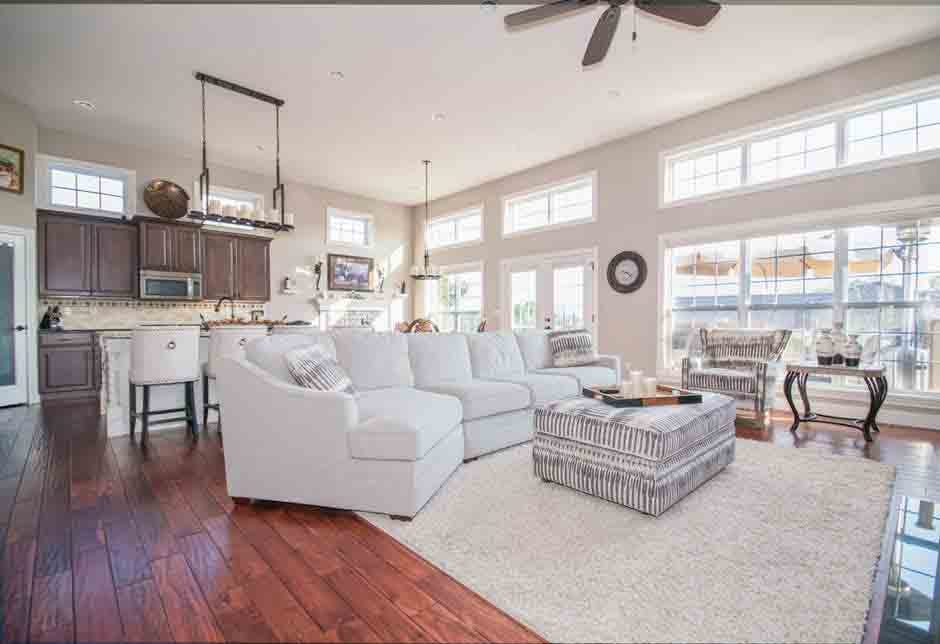
Best Wheelchair Ramps for Your House
Adding a wheelchair ramp to a home is a great way to provide access to people with differing physical abilities. From handrails to bathing barriers, there are many modifications that can make a home mobility-friendly. But one of the first things you might consider in trying to make a home more accessible is adding a ramp.
Before installing wheelchair ramps for your home, you'll need to know about various ramp types. To choose the right ramp for you, think about who is using the ramp and the amount of space you have.
For all of that and more, keep reading this guide to wheelchair ramps for homes.
Types of Wheelchair Ramps for Home
There are four basic categories of wheelchair ramps for your home: freestanding, portable, modular, and threshold ramps.
Freestanding Ramps
A freestanding ramp can be a temporary or long-term solution, depending on your needs. In general, these are the longest-lasting and sturdiest of the options. Usually made of wood or aluminum, they're also the most expensive of all wheelchair ramps for homes.
Portable Home Ramps
Portable home ramps might be the option for you if you need a temporary solution. These are also the right choice if your ramp is being set over a small staircase or low-rise stoop.
Portable ramps are available in any number of lengths to fit any rise. They're also durable and easy to transport and store.
Modular Ramps
If a portable or light ramp isn't what you're looking for, you might consider modular ramps. These are ramps made of pre-fabricated components that can be interchanged and customized to suit your needs.
The benefit to modular ramps is that they're faster to install than wood and concrete ramps. They're also completely adaptable: they're easily transported and stored, and they're often available for short or long term rentals.
Threshold Ramps
Threshold wheelchair ramps for homes are wedge-shaped wheelchair ramps that are placed in doorways and over small steps. They fill the gaps between uneven surfaces and allow access to the home or business.
Constructed of aluminum or rubber, they're portable and safe for outdoor use. These are an excellent solution for people who use power scooters, power chairs, and wheelchairs.
Consider the Wheelchair User
When you're looking at wheelchair ramps for home, you also need to consider the person who will be using the ramp. The two most important things to consider are their weight and mobility level.
For heavier users, you'll require a stronger ramp than you would for a lightweight individual. Less mobile users might require safety features such as handrails or traction pads.
The type and size of the mobility device will also impact the type of ramp you choose. Powerchairs and scooters need more heavy-duty ramps, for example.
Take Proper Ramp Measurements
When you're getting ready to buy a ramp, you must take proper measurements. Of all the measurements you take, the length is going to be the most important.
Determining length means taking measurements of:
- total vertical rise
- total usable width
- available distance without obstruction
Length is essential because a short ramp could have a steep grade. That grade can make the ramp dangerous to use.
More Helpful Mobility Products for Homes
Installing a ramp is one of the first steps to making your home accessible. What type of ramp you need will largely depend on the person who is using it and their mobility level. But you'll also need to consider how long the ramp needs to be and how much space you will have for it.
Wheelchair ramps for home aren't the only way to make life more accessible for you and your family. Check out our mobility products that make life a more moving experience.




